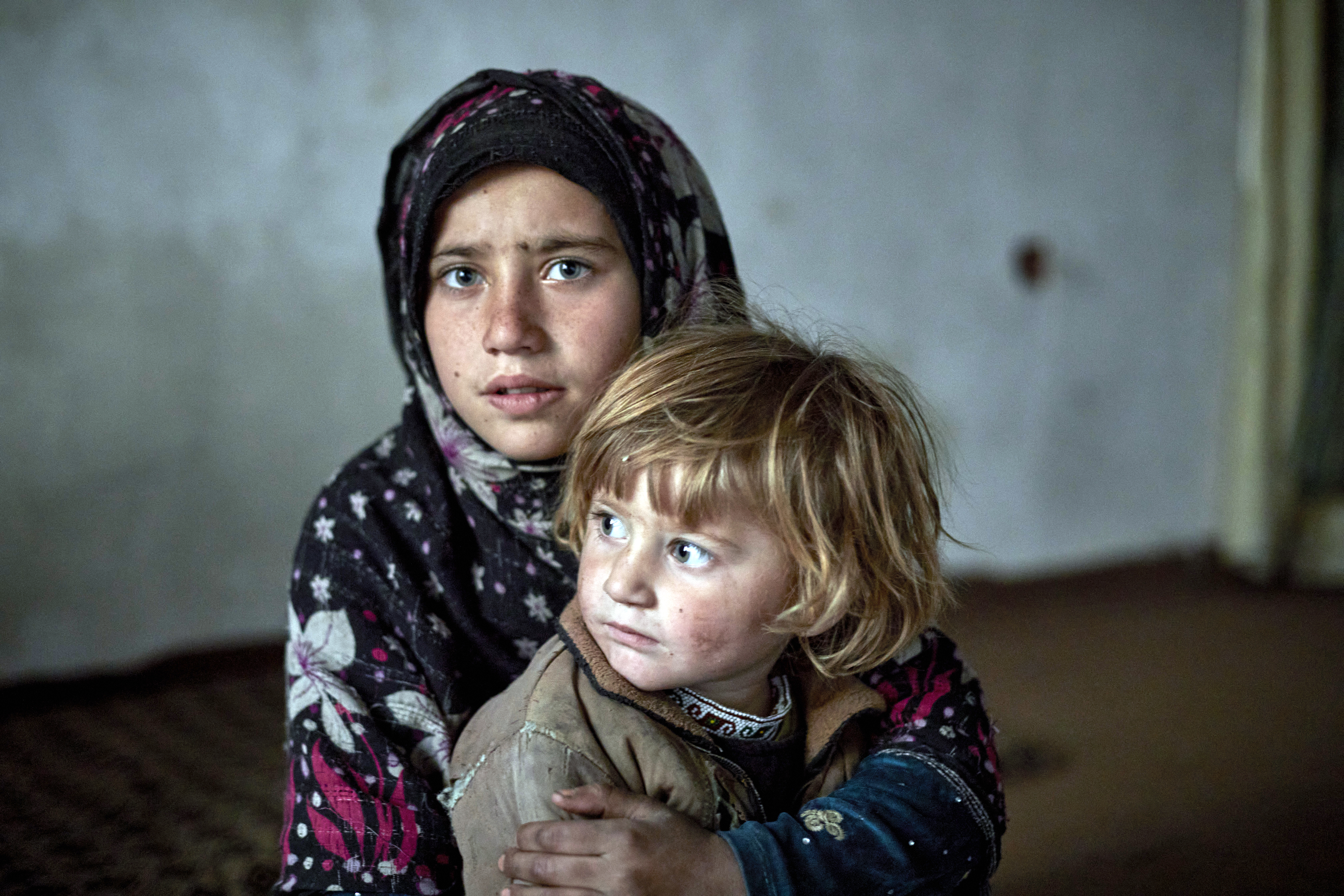Refugee resettlement referral from Nepal reaches six-figure mark
Refugee resettlement referral from Nepal reaches six-figure mark

KATHMANDU, Nepal, April 26 (UNHCR) - The resettlement of refugees from Bhutan reached a major milestone this week, with 100,000 people having been referred for resettlement from Nepal to third countries since the programme began in 2007. Nearly 80,000 of them have started their new lives in eight different countries - an important step towards resolving one of the most protracted refugee situations in Asia.
"This is an incredible achievement in the history of this refugee programme and for UNHCR," said Diane Goodman, UNHCR's acting representative in Nepal. She thanked the Nepalese government, resettlement and donor countries, and partner agencies, commenting also on the courage and resilience of the refugees.
Rewati May Darjee will soon join the tens of thousands of refugees who have received a new lease on life in resettlement countries. Together with her husband and two sons, she travelled from Beldangi camp in eastern Nepal to the Nepalese capital of Kathmandu on Thursday, on a plane chartered by the International Organization for Migration (IOM).
In the IOM transit centre in Kathmandu, she and her family will be given a final medical examination and an orientation course. Next Wednesday, they will take the final leg of their journey to their new home in Atlanta in the United States.
Dressed in new clothes and looking a little apprehensive, Rewati reflected on what the future might bring, "I am happy that we are finally going to have our own identity in a new country and not spend our lives as refugees in the camps," said Rewati. "The camps are emptying quite fast; almost everyone has gone or is in the process of going. I miss my friends who have already left the camps and so do my children."
Since the resettlement programme began six years ago, the UN refugee agency has been interviewing refugees and referring them to resettlement countries for consideration. Once the refugees are accepted by resettlement countries, IOM conducts health assessments, organizes cultural orientation courses and transports the refugees to their new homes.
A number of steps are involved from the time a case is submitted to a resettlement country to the time of departure. Resettlement countries interview the refugees, medical examinations must be done, exit permits issued, cultural orientation conducted and travel arrangements made.
A large number of humanitarian workers are involved in this programme and the success is a testament to their dedicated efforts. Working at IOM, Silki Agrawal begins her day at dawn, escorting refugees from the camps to the IOM office and then to the airport. "We are directly or indirectly contributing to help refugees start their new lives," she said.
UNHCR staff member Tulshi Limbu was just a child when she saw the refugees arriving in Nepal in the early 1990s. "I was astonished to see their challenging situation in terms of food and shelter. After spending 20 years in the refugee camps, resettlement is a great option in helping them start their lives afresh. I feel very proud that, somewhere, my small efforts were a part of this successful operation," she said.
The acceptance rate of UNHCR's referrals in Nepal by resettlement countries is the highest in the world - at 99.4 per cent of total submissions. The United States has accepted the largest number of refugees (66,134), followed by Canada (5,376), Australia (4,190), New Zealand (747), Denmark (746), Norway (546), the Netherlands (326) and the United Kingdom (317).
Referring to the number of submissions to date, IOM Chief of Mission in Nepal Maurizio Busatti said, "We look back at these 100,000 stories with resolve and inspiration. We pay tribute to the courage of these women, men and children and to the generosity of those who welcome them at the other end."
Of the original population of 108,000 refugees originating from Bhutan and living in Nepal, some 38,100 remain in the Sanischare and Beldangi camps in eastern Nepal. Most of them have expressed an interest in the resettlement programme.
By Nini Gurung in Kathmandu, Nepal








